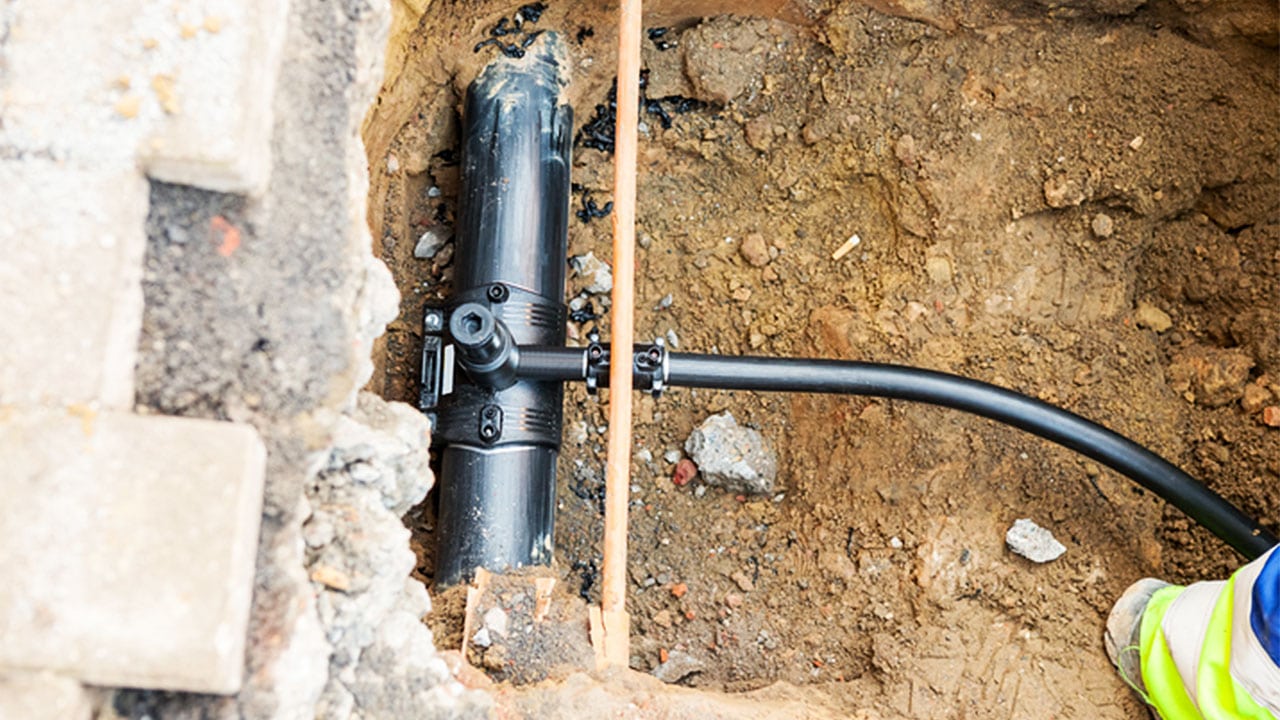Pipes may look fairly similar at first glance, but that doesn’t mean they’re all the same. Different pipes have different purposes and will have some variance in their design so that they can function as needed. Understanding these differences can allow budding CAD professionals to approach their work with a better eye for the details that particular projects will need.
Curious about the kinds of differences you can see in the different kinds of pipelines? Here’s what you need to know.
After Process Piping Training, You’ll See Gathering Pipelines Are Crucial Starting Points
Working in the oil and gas industry, it’s possible that a computer-aided design professional would work with gathering pipelines. These are the pipes that lead from the production facility and on to the next stage of the transportation and storage chain—usually a treatment or processing facility. They will typically have a smaller diameter than some other varieties of the pipeline and are often grouped together with several other gathering pipelines.

Transmission pipelines are big, and transport oil and gas products over long distances
These pipelines are most common in provinces that engage heavily in producing oil and gas, like Alberta and Saskatchewan. If you take on a career in one of these provinces after process piping training, you might get to work on gathering pipelines.
Transmission Pipelines Are Big, Powerful Midpoints for Petroleum Product Movement
When most people think about pipelines, it’s likely images of transmission pipelines that come to mind. These pipelines can be quite big—with diameters as large as those of hay bales—and will move product from the regions where production happens and on to consumer markets around the continent.
A variety of important components and equipment are needed to make these pipelines work correctly—things like valves, pumps, compressors, and more—so it is important for would-be pipeline designers to train in a program that includes these elements in the curriculum. Complete the process piping drafting program at Digital School and you can be sure that you will explore all of these different components in depth, and know how best to utilize them in transmission pipeline projects.
After Process Piping Training, You Will See Distribution Pipelines Form an Important Final Step
Distribution pipelines are a little different than the other two kinds. Where those pipelines are designed to move large quantities of product through the petroleum infrastructure, distribution pipelines are meant more as a final step in the journey for these products. They link individual businesses and homes to the network, providing them with the gas or oil they need.

Distribution pipelines form a final link for homes and businesses with gas or oil hookups
These pipes are quite small—usually with a diameter not much bigger than that of a can of soda—but there are many of them, making them an important part of petroleum transportation. Expect most of the large-scale projects you work on in your future career to focus on the other kinds of pipelines, though, as they are usually the more technically challenging and important undertakings.
Do you want to learn more about process piping at computer-aided drafting college?
Contact Digital School to sign up today!

